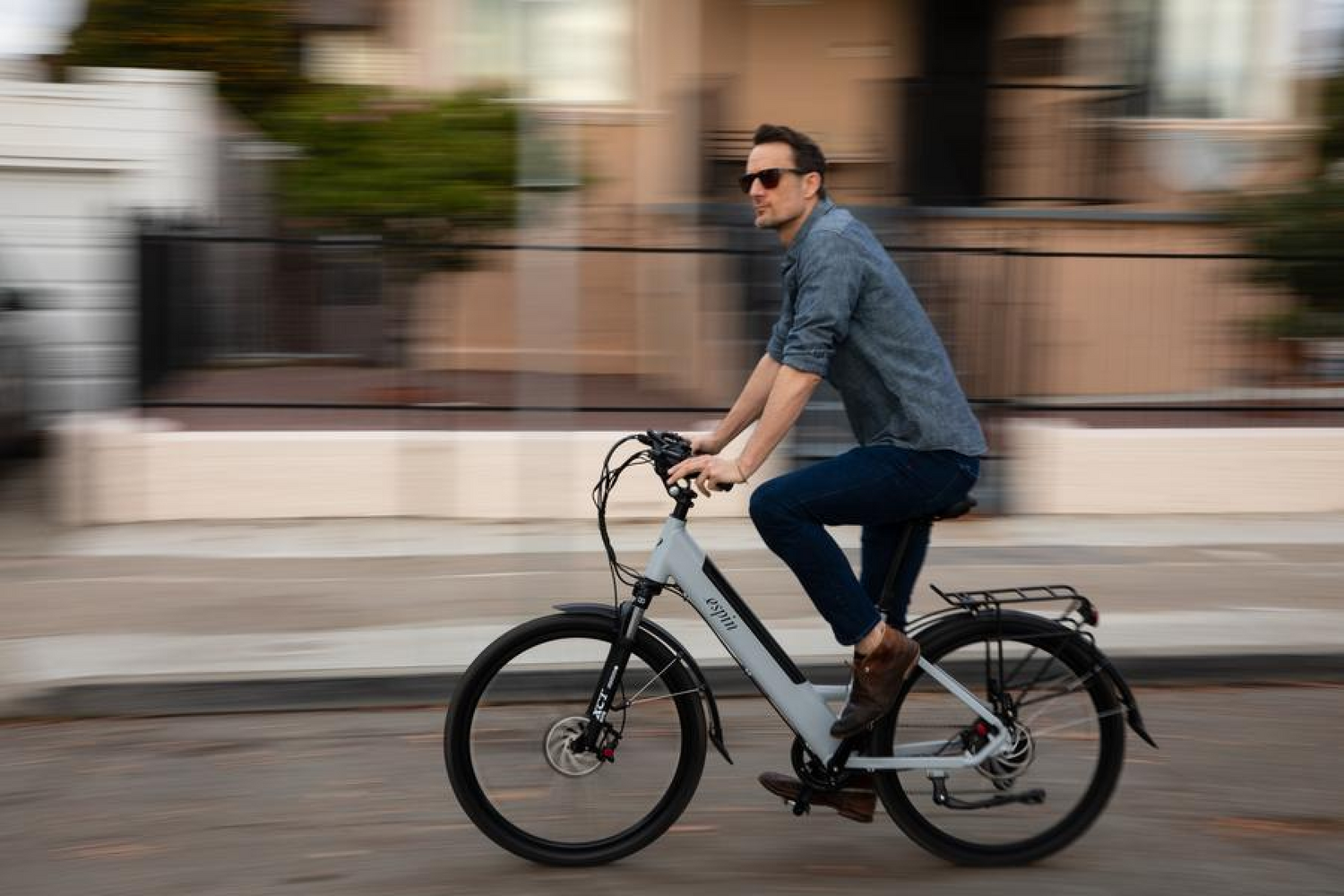One of the first questions anyone looking to purchase or upgrade their e-bike will inevitably ask is," how much power do I need in an e-bike?" It seems like no matter what e-bike you are considering, there will always be another one available for the same price but with higher power.
It's true that when we all first start out with e-bikes, more power just seems like a good thing. After all, when riding an ordinary bike, more power for the same price just seems like a great deal.
However, take it from us, after riding a few of these bikes, you will learn that power specifications and actual performance don't always match. Even more so, they tell you little about how much you will enjoy riding an e-bike.
This doesn't mean that a high-powered e-bike is a bad choice, and oftentimes it can be truly enjoyable. There is something truly enjoyable about being able to cruise at 28 mph with no effort, but this isn't necessary for many riders, and it isn't always the most important part of the performance.
So, let's take a look at what makes up an e-bike's power and what power you really need from an e-bike.
Wattage
For many new riders, the listed power specifications are the first and most important thing they notice, but this statistic can be very misleading. First off, this is best represented by wattage. An e-bike's wattage is the most commonly advertised part of an e-bike's performance.
A large portion of US e-bikes market 750 watts or higher, but the majority of e-bikes in Europe, which have enjoyed a far more successful market until recent years, are only 250 watts less than what many cyclists can output with legs alone. This naturally begs the question, do all European e-bike riders want weak e-bikes?
The truth is even though an e-bike may be rated for only 250 watts, this generally only represents the continuous power rating for the e-bike. This means the amount of power the e-bike is intended to sustain indefinitely. But in reality, for short periods of time, most e-bikes can handle much greater power output. This means during a hard climb, a 250-watt e-bike can provide much more assistance than its power rating would suggest, sometimes several times the wattage.
What this means for selecting an e-bike is that the wattage is a very poor indicator of how the bike will actually perform in practice. Generally, a higher power bike will provide a greater top speed, but in contrast, it often has little to do with the amount of support it can provide.
Other methods of measurement do exist, and some e-bike manufacturers do provide them. One of these is a peak power rating, and this can give you a better idea of what amount of support to expect out of an e-bike when used in coordination with a continuous power rating.
Torque
An even better measurement is a motor's torque rating. This measurement can give you a better impression of the amount of force you can expect to feel when riding. A greater torque is something you will especially appreciate when it comes to climbing hills or powering up from a stop.
Many major manufacturers of e-bikes make their products entirely with 250 watts and measure their product tiers by torque output. Low-cost motor torque ratings often range as low as 30 Newton-meters of torque, but powerful motors often possess torque values as high as 90 Nm.
However, keep in mind that both the way brands measure the torque and wattage rating of their products vary considerably. Just because an e-bike is rated for 90 Nm of torque does not mean that that will necessarily be the case. Even more so, it does not mean that it will output that power at all times because the way motors are designed to output their power changes from bike to bike.
Often times an e-bike motor may be designed to provide a gentle takeoff and then increase power output. Other bikes choose to give an extra dose of power at the start and then cut back. While other e-bikes will even allow users to customize power output.
Performance Beyond Power
An e-bike's torque and wattage ratings are extremely useful in comparing e-bikes, particularly similar e-bikes from the same brand. However, in general, they should only be used as a rough indicator of performance.
Besides wattage and torque, many other important factors exist, including the placement of the motor. With the hub drive motor common on powerful e-bikes, the actual amount of assistance it can provide may be far greater than a bike with a far higher wattage. This is because the motor can take advantage of the bike's gears.
Besides this, geometry, such as the radius of the tires, plays a major role in the performance and feel. A smaller tire may leave the rider feeling every shock a bit harder, but it will also transmit force better, giving it superior acceleration. It's easy to see that many facets of design besides power affect how the e-bike will really handle, so let's take a look at some of the advantages of weaker e-bikes.
The Advantages of Less Power
When you are new to the world of e-bikes, it's likely that you don't know exactly what power you need from an e-bike. Let's assume that power ratings were completely accurate for a moment and see if a high-power e-bike is really all it's cracked up to be then.
In hilly regions and for those with health issues making it difficult to pedal, greater power may be a good choice to provide more assistance. The same goes if you simply want the highest possible speed.
However, for others, there are actually a number of advantages to lower-power e-bikes to consider. First of all, they are typically lighter. Not only are more powerful motors likely to be larger, but they also generally require a larger battery to provide a suitable range.
A 750-watt bike is often going to weigh more than 60 lbs. and this is rarely fun to carry. Though not always true, weaker e-bikes are generally lighter, and this makes it better for those who often have to carry their bikes, such as those who live in cities or apartments. It also makes it a lot easier to hang and much easier to ride home if the battery dies.
Finally, these e-bikes are more likely to have hidden batteries like the Espin 21 Flow, and this will not only make the e-bike look more appealing it will also reduce the chances of theft.
So, How Much Power Is Right?
It is easy to overestimate the power you really need in an e-bike. In truth, power is not the biggest determiner of whether an e-bike is pleasant to ride. Generally, the best e-bike power is the one that provides good support while feeling natural to ride.
Of course, the best way to tell would be to ride every e-bike out there or at least every variation of power and torque to get a feel of how they perform. But, this isn't feasible. So, the best way to choose is typically to pick a bike from a manufacturer you can trust and look at user reviews and Youtube first-person rider videos to get an impression of how it feels.
Final Thoughts
How much power do you really need in an e-bike? Probably less than you think. Typically other factors in an e-bike have just as large an impact on an e-bike's performance and how it feels to ride. So, generally, it is best to choose an e-bike with more than just power in mind and consider other factors such as ergonomics, weight, and quality. You will likely find you really don't need much power to enjoy the ride.









Leave a comment
This site is protected by hCaptcha and the hCaptcha Privacy Policy and Terms of Service apply.